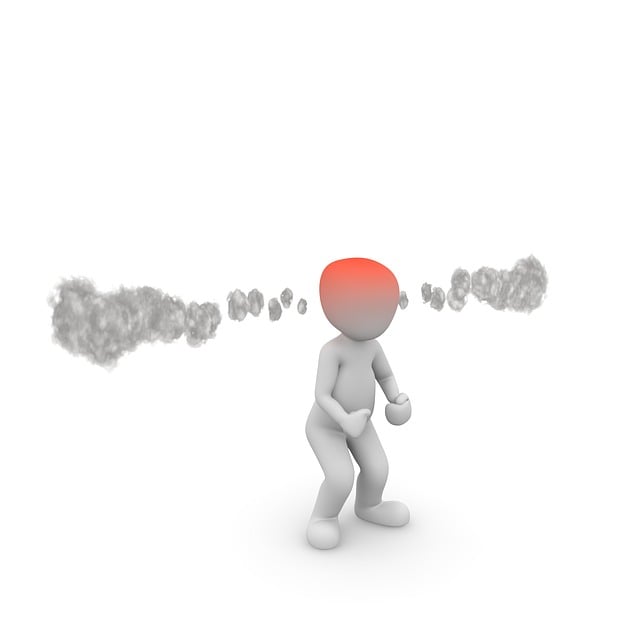Chronic pain, lasting over 12 weeks, is a debilitating condition often managed with acupuncture, an ancient Traditional Chinese Medicine (TCM) practice. Acupuncture uses thin needles inserted into specific acupressure points to stimulate natural healing, restore balance, and alleviate pain symptoms for conditions like back, neck, joint pain, sciatica, migraines, and arthritis inflammation. As a drug-free alternative to opioids, acupuncture offers both short-term relief and long-lasting benefits, improving mobility and reducing inflammation while releasing endorphins. Selecting a qualified acupuncturist with extensive training in chronic pain acupuncture is crucial for effective treatment and improved quality of life.
Tired of struggling with back or neck pain without relief from medication? Chronic pain can be debilitating, but there’s hope beyond drugs. Discover how acupuncture, an ancient practice with modern relevance, offers a natural and effective solution for managing pain. This article delves into the science behind chronic pain acupuncture, exploring its benefits for conditions like back and neck pain, backed by real-life case studies. Learn how to find a qualified practitioner and take your first step towards a pain-free life.
- Understanding Chronic Pain and Its Impact
- Acupuncture: An Ancient Practice for Modern Times
- How Acupuncture Works to Alleviate Pain
- Benefits of Acupuncture for Back and Neck Pain
- Case Studies: Real-Life Success Stories
- Finding a Qualified Acupuncturist and Next Steps
Understanding Chronic Pain and Its Impact

Chronic pain is a complex condition that significantly impacts an individual’s quality of life. It’s characterized by prolonged pain persisting beyond the normal healing process, often defined as lasting more than 12 weeks. This persistent pain can stem from various sources, such as injuries, illnesses, or underlying conditions affecting muscles, bones, joints, and nerves. The impact of chronic pain is far-reaching, leading to physical limitations, reduced mobility, and even psychological distress. Those suffering from it may experience difficulty performing daily tasks, which can result in decreased independence and a diminished sense of well-being.
Acupuncture has emerged as a popular alternative therapy for managing chronic pain, including back and neck pain, sciatica, and joint pain. It involves inserting thin needles at specific points on the body to stimulate natural healing processes and promote the body’s ability to regulate itself. By targeting areas associated with pain and inflammation, acupuncture can offer relief from acute and chronic pain symptoms. This ancient practice has gained recognition for its potential in providing drug-free pain management, making it an appealing option for those seeking alternative joint pain therapy methods.
Acupuncture: An Ancient Practice for Modern Times

Acupuncture, an ancient practice with roots tracing back thousands of years, has evolved to become a sought-after solution for modern-day ailments, particularly chronic pain conditions such as back and neck pain. This traditional Chinese medicine (TCM) technique involves the insertion of thin needles into specific points on the body, known as acupressure points, to restore balance and promote natural healing.
For those seeking drug-free pain relief options, acupuncture stands out as a promising alternative. It not only provides relief for acute injuries but also offers significant benefits in managing chronic conditions like sciatica, where inflammation treatment is key. By targeting these acupressure points, acupuncture can help alleviate pain, improve mobility, and reduce the body’s natural inflammation response, offering a holistic approach to wellness that is increasingly popular among individuals looking to avoid or complement conventional opioid-based treatments.
How Acupuncture Works to Alleviate Pain

Acupuncture works by stimulating specific points on the body, typically using thin, sterile needles inserted into these targeted areas. This process is believed to restore balance and promote natural healing within the body’s energy systems, also known as meridians. When someone experiences chronic pain from conditions like back pain, neck pain, or migraines, acupuncture can help alleviate discomfort by releasing endorphins, which are the body’s natural painkillers. Additionally, it may reduce inflammation, improve blood circulation, and stimulate nerve fibers to disrupt the pain signal transmission to the brain. Unlike opioids, which can be highly addictive, acupuncture offers a drug-free alternative for non-opioid pain relief, making it an appealing option for those seeking safe and effective management of their chronic pain symptoms.
Benefits of Acupuncture for Back and Neck Pain

Acupuncture has emerged as a popular and effective solution for individuals seeking drug-free pain management for various conditions, including chronic back and neck pain. This ancient practice involves inserting thin needles into specific points on the body to stimulate natural healing responses and promote balance within the body’s energy system. For those looking to avoid opioids or explore alternative treatments for sciatica, migraine, or general chronic pain, acupuncture offers a promising path.
One of the key advantages of acupuncture for back and neck pain is its ability to reduce inflammation and relax muscles, providing both short-term relief and long-lasting benefits. By targeting specific acupoints, acupuncturists can effectively alleviate tension and discomfort associated with chronic conditions, offering a natural and holistic approach to pain management. Additionally, acupuncture has been shown to release endorphins, the body’s natural painkillers, making it an excellent alternative for those seeking non-opioid pain relief methods.
Case Studies: Real-Life Success Stories

Many individuals seeking effective yet drug-free solutions for managing chronic pain have found solace in acupuncture. Countless case studies and real-life success stories highlight its potential as a powerful tool against back pain, neck stiffness, and even migraine headaches. These personal narratives offer compelling evidence of acupuncture’s ability to alleviate symptoms without relying on opioids or other medications.
For instance, research has documented significant improvements in chronic lower back pain patients after undergoing regular acupuncture sessions. Similarly, studies have shown that acupuncture can effectively manage inflammation associated with arthritis, providing much-needed relief for those suffering from joint pain. These examples underscore the versatility of acupuncture as a holistic approach to pain management, offering non-opioid pain relief and improved quality of life for people facing various discomforts.
Finding a Qualified Acupuncturist and Next Steps

When considering chronic pain acupuncture as a treatment option, finding a qualified and experienced acupuncturist is paramount. Look for licensed professionals who have undergone extensive training in acupuncture and traditional Chinese medicine. Check their credentials, read reviews, and inquire about their areas of expertise—back pain, neck pain, migraine acupuncture, or joint pain therapy, for example. Many reputable acupuncturists also stay current with the latest research and techniques, ensuring you receive evidence-based care.
Once you’ve located a qualified practitioner, schedule an initial consultation. During this visit, discuss your symptoms, medical history, and any concerns you may have. The acupuncturist will evaluate your condition, determine the best treatment plan, and introduce you to the process of acupuncture for pain relief. They might also offer guidance on lifestyle changes, such as diet and exercise, to complement your inflammation treatment journey.
